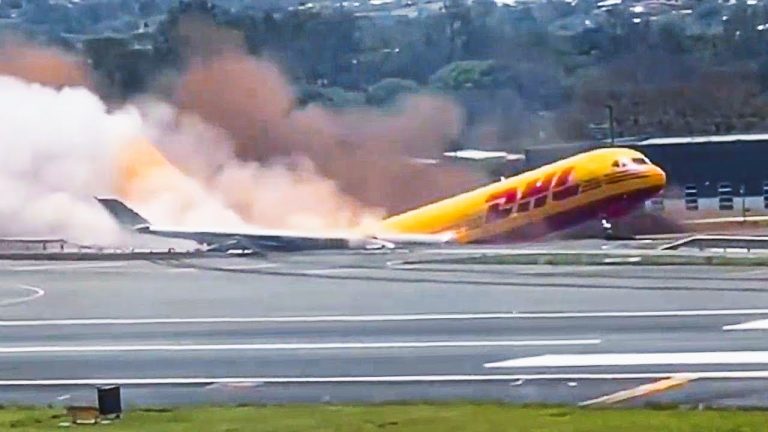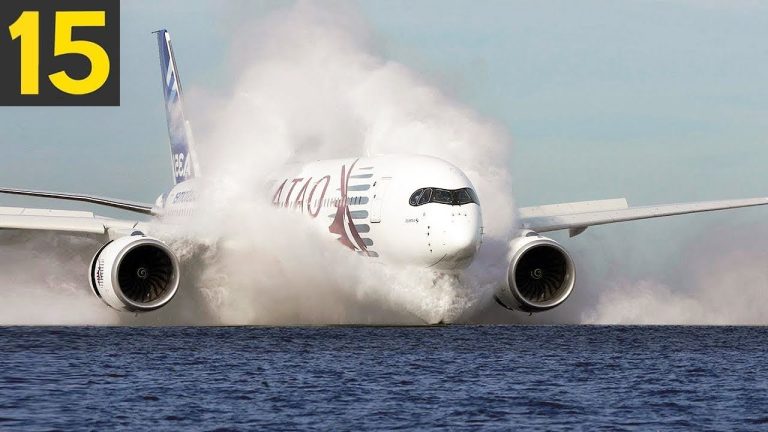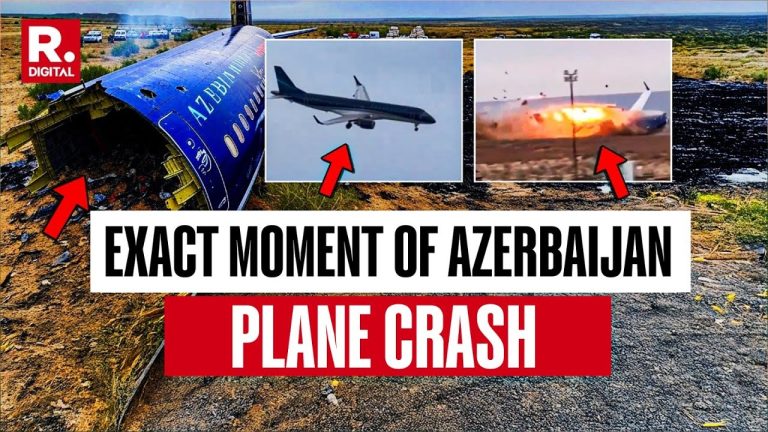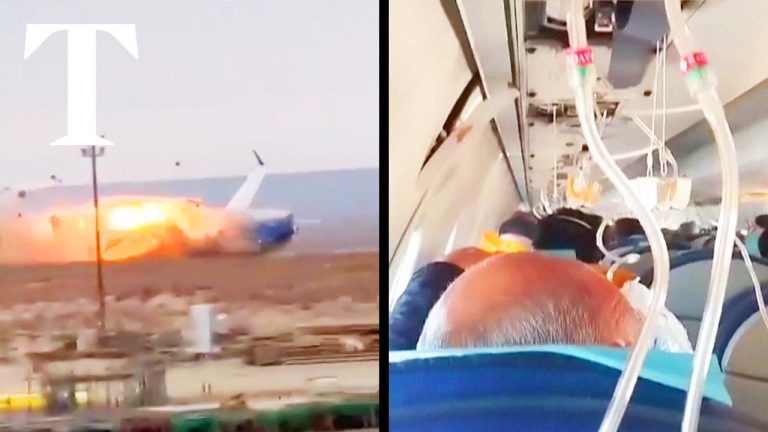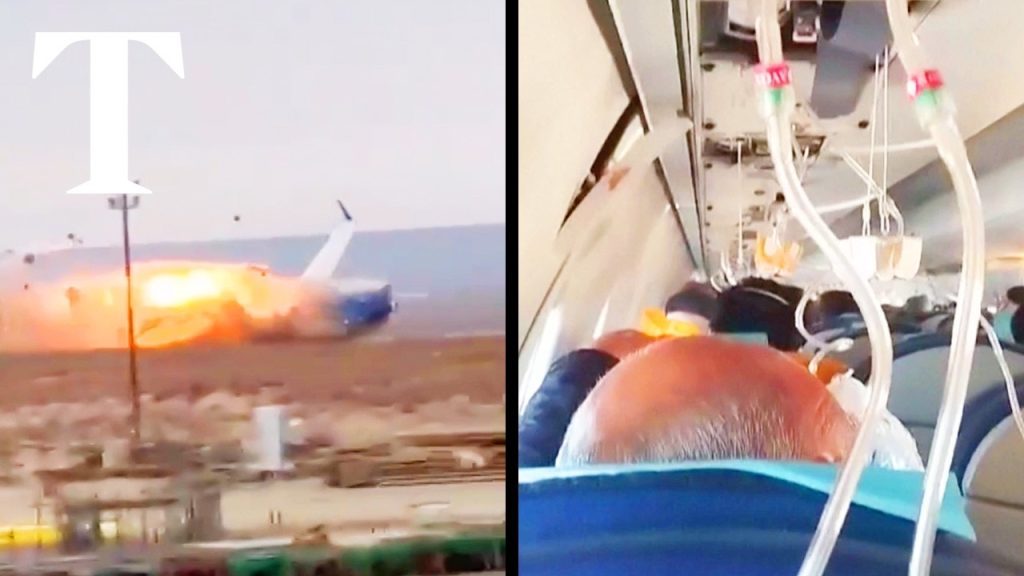
A heartbreaking tragedy unfolded on a snowy day in Kazakhstan when a passenger plane carrying 98 people crashed shortly after takeoff from Almaty Airport. The incident, which occurred on December 27, 2019, left 12 people dead and dozens injured. Among the harrowing details that emerged from the accident, one stands out vividly: a passenger managed to capture the last moments before the crash, providing a chilling glimpse into the ordeal.
The aircraft, a Fokker 100 operated by Bek Air, was bound for Nur-Sultan, the capital of Kazakhstan. Within minutes of takeoff, it lost altitude and struck a concrete barrier before colliding with a two-story building. Eyewitnesses and survivors described scenes of chaos, confusion, and courage as passengers tried to escape the wreckage. Rescue workers and volunteers arrived promptly, braving the freezing temperatures to save as many lives as possible.
One of the survivors, whose footage later went viral on social media, managed to record the moments leading up to the crash. The video showed passengers seated, some visibly uneasy, as the plane appeared to shake violently. While the footage cuts off before the crash itself, it conveys the terror that gripped those on board. This video serves as a poignant reminder of the fragility of life and the sheer unpredictability of such tragedies.
Investigators launched a thorough probe to determine the cause of the crash. Preliminary findings pointed to potential icing on the wings, a common risk in cold weather conditions. Survivors corroborated this theory, recounting how the plane struggled to gain altitude immediately after takeoff. However, officials also considered possible technical faults and human error, underscoring the complexity of aviation safety.
The crash reignited debates about airline safety regulations in Kazakhstan and the broader Central Asian region. Bek Air, a low-cost carrier, was immediately grounded by the government pending an investigation. Many questioned the airline’s safety protocols and the airworthiness of its aging fleet. The tragedy also highlighted the need for stringent maintenance and oversight to prevent such incidents in the future.
International responses were swift, with condolences pouring in from global leaders and organizations. The aviation community united in support, emphasizing the need for improved safety measures and transparency in investigations. Meanwhile, survivors and families of the victims struggled to come to terms with their losses. Vigils and memorials were held, allowing communities to grieve collectively.
This crash serves as a somber reminder of the importance of aviation safety, especially in regions where infrastructure and oversight may be less robust. While air travel remains one of the safest modes of transportation, tragedies like this underscore the need for constant vigilance, innovation, and adherence to global standards.
The passenger’s footage, though distressing, brought attention to the human aspect of the disaster. It immortalized the final moments of the ill-fated flight, urging authorities and the public to ensure that such a tragedy never happens again. As Kazakhstan and the world reflect on this incident, the hope remains that the lessons learned will pave the way for safer skies.
